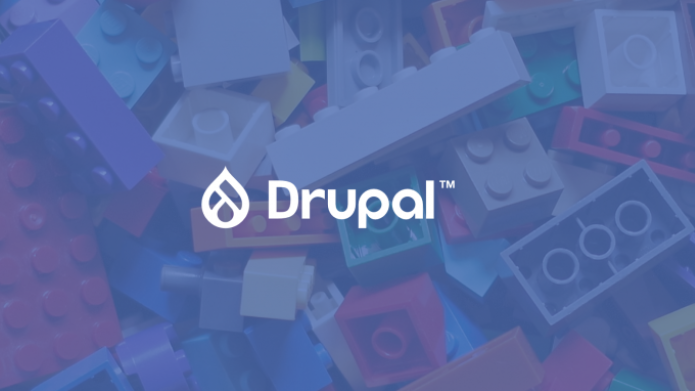Drupal exists to make your life easier. Yes, really! It allows non-programmers to manage the content of a website without any prior knowledge. It is what is known as a CMS - a Content Management System. Once a site has been developed, the content is only a few clicks away from being published!
We at WebstanZ prefer Drupal, but other CMS’s are also well-known globally, such as WordPress, Joomla, Magento, PrestaShop, etc. Some of them are usually used for specific purposes (Magento and PrestaShop are mainly used for e-commerce, for example). WordPress is undoubtedly the best-known CMS similar to Drupal. Nevertheless, there are some significant differences. Compared to WordPress, Drupal makes it possible to natively:
- Create different types of content, such as articles, pages, references, etc.
- Manage site access for various participants. The person who adds content to articles need not necessarily be the person who modifies the content of the home page, for example.
- Manage translations. You can make a site multilingual with a few clicks.
The core of Drupal offers many design possibilities. Its richness lies in the fact that many things have already been conceived and pre-built. For example, it makes it possible to create many types of customisable entities: content types, blocks, menus, lists, etc. Small blocks of code, (called modules) can be added to this core. Like with a construction set, adding these pieces to the core block makes it possible to add new kinds of functionality.
This means that the possibilities are almost limitless. It is a great asset to have a site which perfectly matches the size of the business - and this size can change over time as required. A small start-up which ends up becoming a multinational company can retain its site and grow it according to its future needs. This toolbox mode is greatly appreciated by clients.

A powerful open-source tool
What if I need something new or I run into a problem? If you need something new or are looking for an explanation, you can turn to the vast Drupal community (see WebstanZ’s page on Drupal here). Someone will undoubtedly have already thought of the same kind of request as yours, and development on it might even have already started!
Moreover, it is an open-source software. This means that its source code is available to everyone free of charge. Anyone can download it, use it, or modify it. This aspect has allowed Drupal to benefit from a large community of supporters. These Hackers 2.0 work every day to maintain and improve the CMS. This guarantees great flexibility, as no owner will make arbitrary decisions regarding the future of the product. It is also always up to date with web standards and is being constantly improved. Its scalability is one of its major advantages.

The combination of all these features offers a major advantage to clients: the site can be easily recovered by a different service provider than the one who first created it. The sharing of knowledge means that you’ll always have a solution at hand!
Drupal is also used by a very large number of websites, including: Twitter, Harvard University, Tesla, etc. Its popularity guarantees its reliability. With references such as NASA and the White House in its portfolio, our favourite CMS has to provide flawless security.
To sum up, Drupal is a Content Management System used to easily publish content on the web. It has the advantage of being a robust and reliable toolkit to which new kinds of functionality can be easily added. Thanks to its community and the fact that it is open-source, it is flexible, constantly improving, and portable from one service provider to another. It enables you to create a website which is as simple or as complex as you desire - no matter how ambitious your project is.
Now that’s really something!



